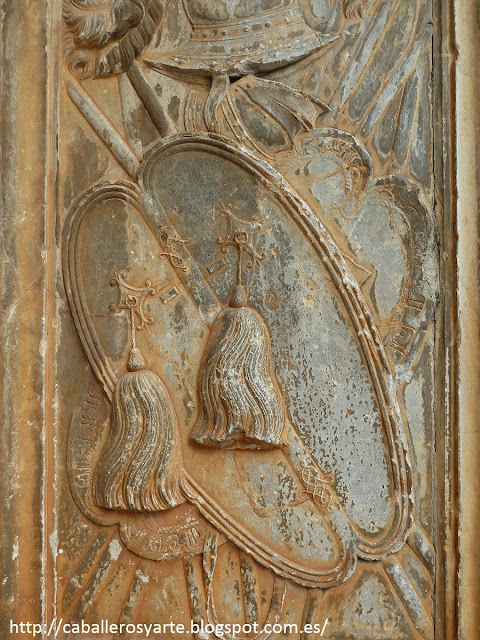Re: Giovanni dal Ponte (1385-c.1437) & the Rothschild cards
Posted: 15 Feb 2017, 19:03
The note is isolated for silk dealers, but not in the larger context of Florence's relation to regulating card-playing, per Pratesi's research:Huck wrote: For 1437 we have ...Simone di Ser Antonio Fazi (likely father of Antonio di Simone, who often worked for the silk dealers) sold 4 expensive decks for 20 Soldi each to the silk dealers at 1437-11-02. The note stands very isolated, as there are no records at all in 1433, 1434, 1435, 1436 and 1438 in the known account books of the silk dealers.
Outside of the proscription against specific modes of card-playing, Borgo San Lorenzo is significant in being the largest town in the Medici homeland of the Mugello. From this it might be inferred an interest on the part of the Medici in controlling how their most loyal minions would relate to cards. And then of course we have to consider if there is any relationship between the 'isolated' production of an expensive deck in the 1430s (for whom? a significant enough of a recipient that the Medici would have taken an interest?) and the law passed in the same year; just a coincidence?Borgo San Lorenzo....In 1428 it is regretted that a card game named "alla condennata" is becoming the fashion of the village and it is prohibited as dice games. In 1437 naibi are explicitly prohibited with the exception of the "standard" game of alla diritta e alla torta."
[Further on Pratesi adds, I believe relevant for the above incidence:]
"Here the best game is 'alla diritta o alla torta; the worst, and the most frequently named, is certainly the 'condennata'. http://trionfi.com/card-playing-laws-florence
The most notable events in 1437 seemed to have happened late in the year - 18 September 1437, Pope Eugene pronounced the dissolution of the Council of Basel and summoned the fathers to Ferrara and 9 December 1437 Emperor Sigismund died.
Phaeded







